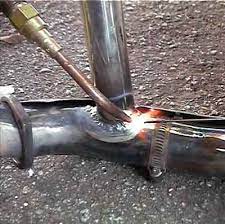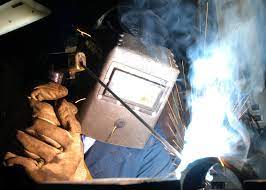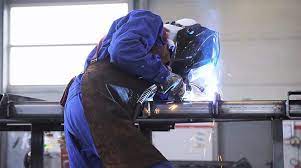Welding is the process of joining two or more parts of a base material into a permanent disassembly. This is achieved by heating the material to its melting point. The material is fused together, usually in the process also additional material which must be the same basis as the material we want to weld.
We know four basic welding procedures, namely manual arc MMA, MIG / MAG, and flame welding. The oldest welding technique is flame followed by manual arc followed by MIG / MAG.
Flame welding
Oxygen and acetylene gases are used in fire welding. Then, with the set fire, heat the two materials we want to weld and add additional material. For a quality weld, it is necessary to pre-clean the material and sprinkle it with borax powder at the welding site, which burns when in contact with fire and cleans the surface even more. This process is no longer used en masse because other processes have come along that have made welding a little easier.

Manual arc welding
The abbreviation for this is MMA, so it is a manual welding process with a coated defrost electrode. DC and AC can be used in this process. With it, we establish an electric arc between the electrode and the weld, which melts the base material and the electrode. The electrode coating establishes a protective atmosphere that protects the arc and melt. During welding, a layer of slag is formed, which also protects the weld from the outside atmosphere and slows down the cooling of the weld. For quality welding, it is necessary to keep the electrodes with which we weld as dry as possible. We do this by storing them in a dedicated oven. This process is mostly used for welding of structures, field welding, welding of gray cast iron, aluminum alloy, nickel alloy and copper alloy. The process is slowly changing with the more advanced MIG / MAG process.

MIG / MAG welding
These are two welding processes, but the difference is in the shielding gas, which in the MIG process is argon and MAG is carbon dioxide. The characteristics of the MIG process are very good protection, clean, easy automation and suitable for surfacing. The main disadvantage of this process is the price of shielding gas argon. In the MAG process, the properties are quite similar except that the welds have poorer mechanical properties, we can trace the inclusion of oxides in the welding of light metals. However, the procedure itself is cheaper than the MIG procedure.






